OK Brand 8 ft. x 50 in. Handy Panel Max 50 10-Line Cattle Feedlot Fence Panel
The versatile OKBRAND Handy Panel Max 50 10-Line Cattle Feedlot Fence Panel is for cattle, swine, sheep and goats, and horse containment or lawn and garden projects. This OKBRAND panel is manufactured using a galvanized-before-welding process to eliminate sharp edges or burrs. The feedlot panel fence offers durable mesh made of galvanized wire.
The versatile OKBRAND Handy Panel Max 50 10-Line Cattle Feedlot Fence Panel is for cattle, swine, sheep and goats, and horse containment or lawn and garden projects. This OKBRAND panel is manufactured using a galvanized-before-welding process to eliminate sharp edges or burrs. The feedlot panel fence offers durable mesh made of galvanized wire.
- Feedlot panel measures 8 ft. L x 50 in. H
- Constructed of 6 gauge wire
- Strong galvanized wire helps the feedlot panel fence last
- 8 in. vertical x 4 in. horizontal to 8 in. vertical x 6 in. horizontal mesh
- Panels are Galvanized
OLD FASHIONED GUARANTEE
Additional information
| Animal Type | Cattle, Hogs |
|---|---|
| Features | Galvanized Before Welding Graduated Spacing |
| Primary Material | Wire |
| Warranty | Old Fashioned Guarantee |
| Manufacturer Part Number | 0060-1 |

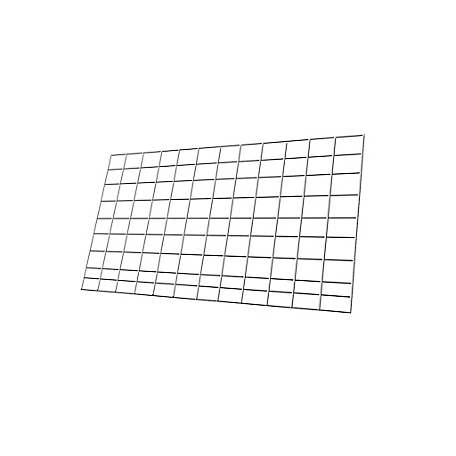
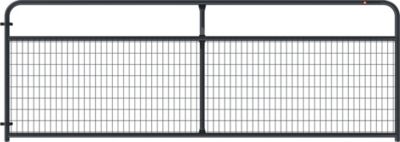
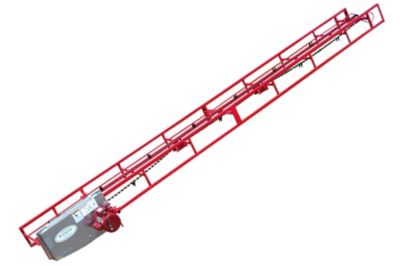

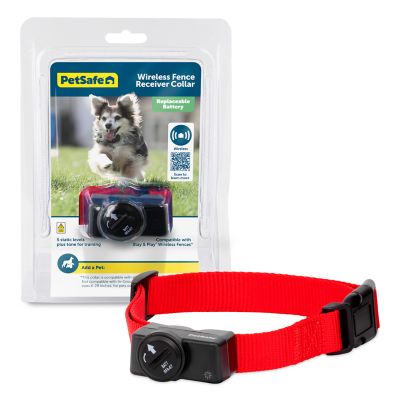
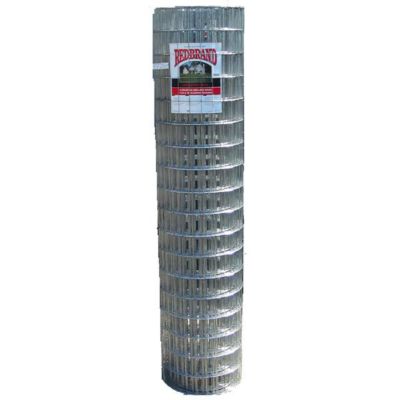
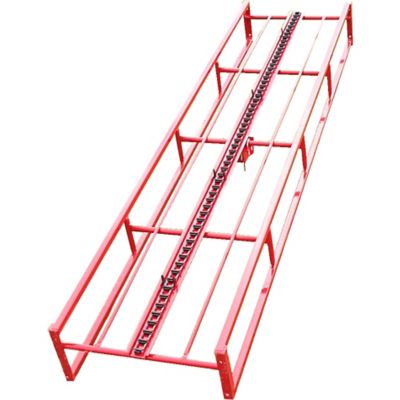
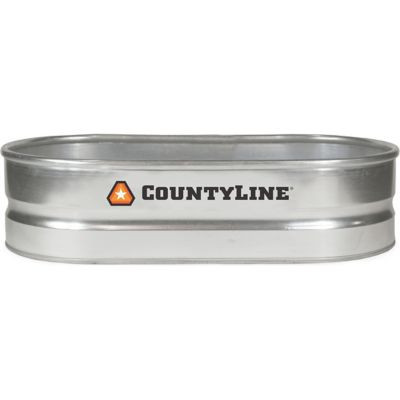
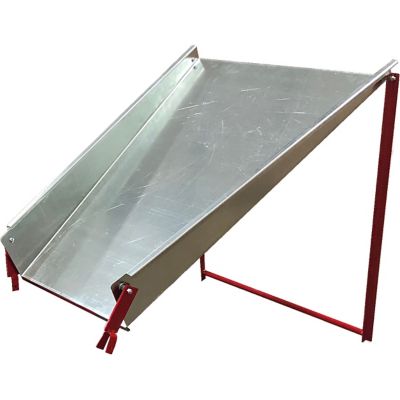

by Byrme
Panels were perfect for my rose trellis project.
by Feako
We have been buying cattle panels to use as trellises. They are very sturdy and relatively easy to install. We originally bought 16′ x 50″ panels but they are little awkward to hold, where the 8′ length is much easier to work with and seem to bee even more sturdy.
by Relssen
Works great as a trellis.
by Ben
Great price and worked perfectly as a garden trellis!